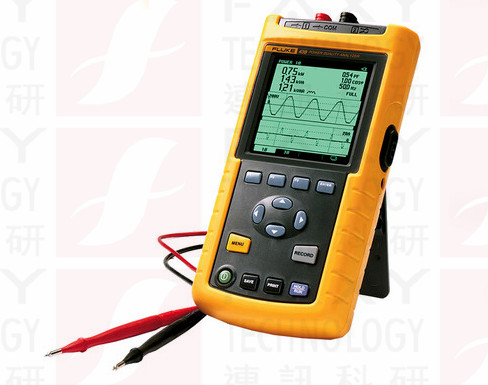溫度對插入損耗的影響,溫度越傳輸距離越短
The Insertion Loss limits found in ANSI/TIA, ISO/IEC and IEEE are based on the link operating at 20 oC (68 oF). As temperature increases, you can expect the Insertion Loss of your link to increase too. Failing to take this into account in your design may result in transmission errors. In some cases, the intended application may not work.
The cabling standards provide excellent guidance on this subject. You are encouraged to purchase these online at either https://global.ihs.com or http://www.iso.org.
ANSI/TIA-568-C.2 Annex G
Cables may be installed in return air plenums, in ceiling spaces, riser shafts and non air-conditioned buildings such as warehouses and manufacturing plants where the temperature can be significantly higher than 20 oC. In order to ensure compliance with the channel insertion loss specified in clause 6.2.7, the horizontal cable distance may need to be reduced below 90 meters depending upon the average temperature of the environment over the length of the cable, the insertion loss margin of the installed cabling, and the insertion loss temperature coefficient of the cable.
ISO/IEC 11801:2011 Table 32 – Horizontal channel length equations
For operating temperatures above 20 oC, H should be reduced by 0,2 % per oC for screened cables; 0,4 % per oC (20 oC to 40 oC) and 0,6 % per oC (>40 oC to 60 oC) for unscreened cables. Where H is length.
This ANSI/TIA-568-C.2 standard goes on to provide additional guidance in the form of a table:
| 溫度(°C /°F)) | 最大非屏蔽電纜長度(m) | 最大屏蔽電纜長度(m) | 長度減少 非屏蔽(m) | 長度減少 屏蔽(m) |
| 20 (68) | 90 | 90 | 0 | 0 |
| 25 (77) | 89 | 89.5 | 1 | 0.5 |
| 30 (86) | 87 | 88.5 | 3 | 1.5 |
| 35 (95) | 85.5 | 87.7 | 4.5 | 2.3 |
| 40 (104) | 84 | 87 | 6 | 3 |
| 45 (113) | 81.7 | 86.5 | 8.3 | 3.5 |
| 50 (122) | 79.5 | 85.5 | 10.5 | 4.5 |
| 55 (131) | 77.2 | 84.7 | 12.8 | 5.3 |
| 60 (140) | 75 | 83 | 15 | 6 |
Fluke Networks does not allow you to adjust the Insertion Loss in any of its field testers based on temperature.Some field testers allow you to adjust the insertion loss PASS/FAIL line based on temperature. This is not permitted per ANSI/TIA, ISO/IEC and IEEE. If your cable is to be subjected to an elevated temperature, your design must take this into account by reducing the length of the link, not by relaxing the Insertion Loss limit.
同類文章排行
- 溫度對插入損耗的影響,溫度越傳輸距離越短
- MicroScanner PoE電纜測試儀MS-POE的接線圖適配器WireMap
- Get Reel Before You Install(安裝前先測試一下整箱線)
- 溫度變送器( 配熱電阻) 的不確定度分析(Fluke 754應用場景)
- 福祿克FLUKE OptiFiber Pro 光時域反射計 (OFP2-100-Q)簡單介紹
- 福祿克Fluke CertiFiber PRO (CFP2-100-Q,CFP2-100-M,CFP2-100-S)光纖如何測試單芯光纖?
- 深圳乐鱼棋牌mac更新 教你DSX2-5000,8000導報告的新姿勢
- 黑體爐的控溫原理(黑體怎麼使得溫度恒定)
- 如何使用黑體校準醫用紅外測溫儀?以及常見問題解答!
- 什麼是黑體? - 科普篇
最新資訊文章
您的瀏覽曆史








